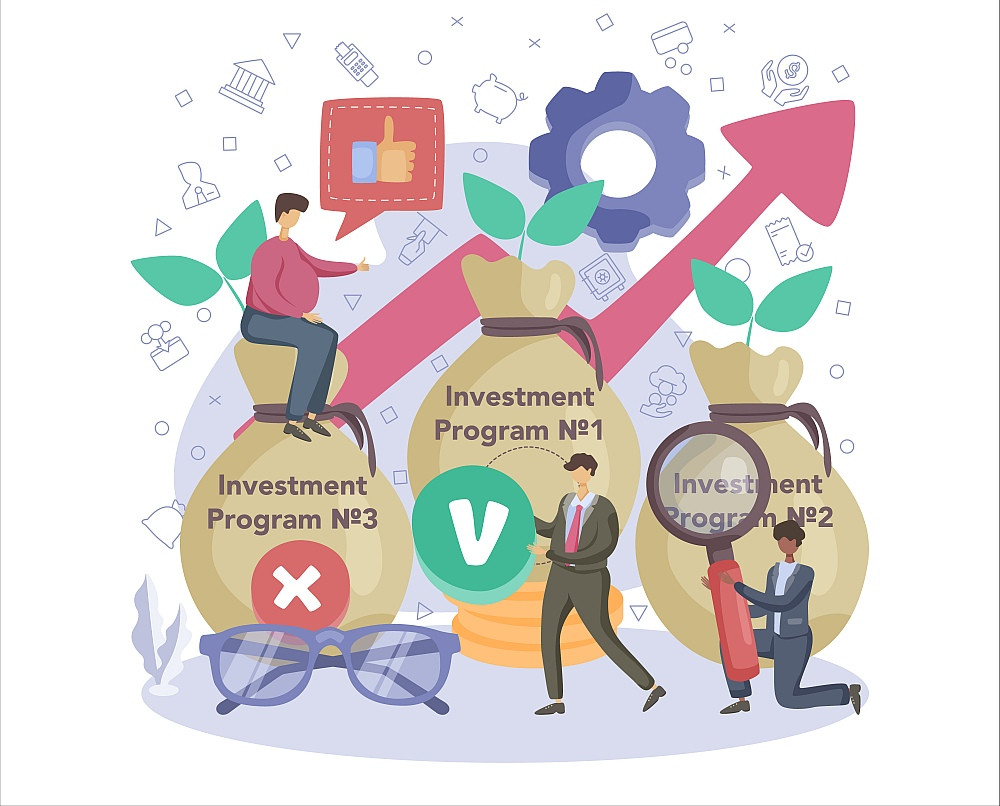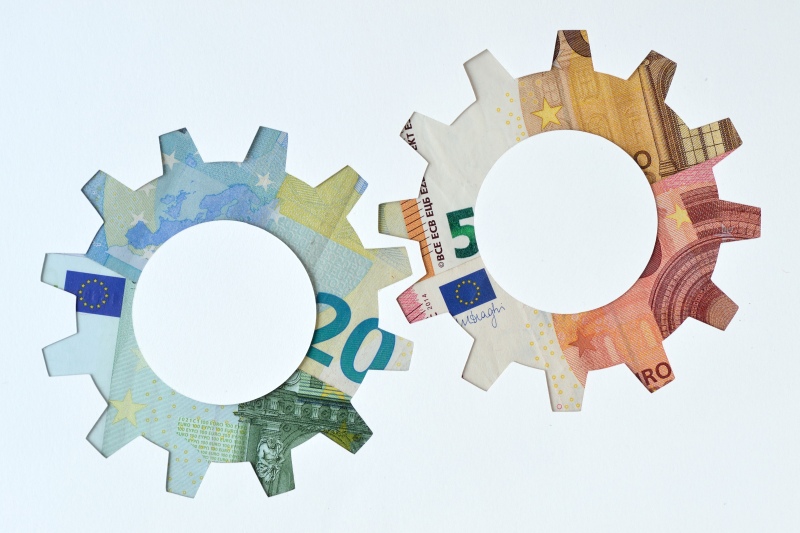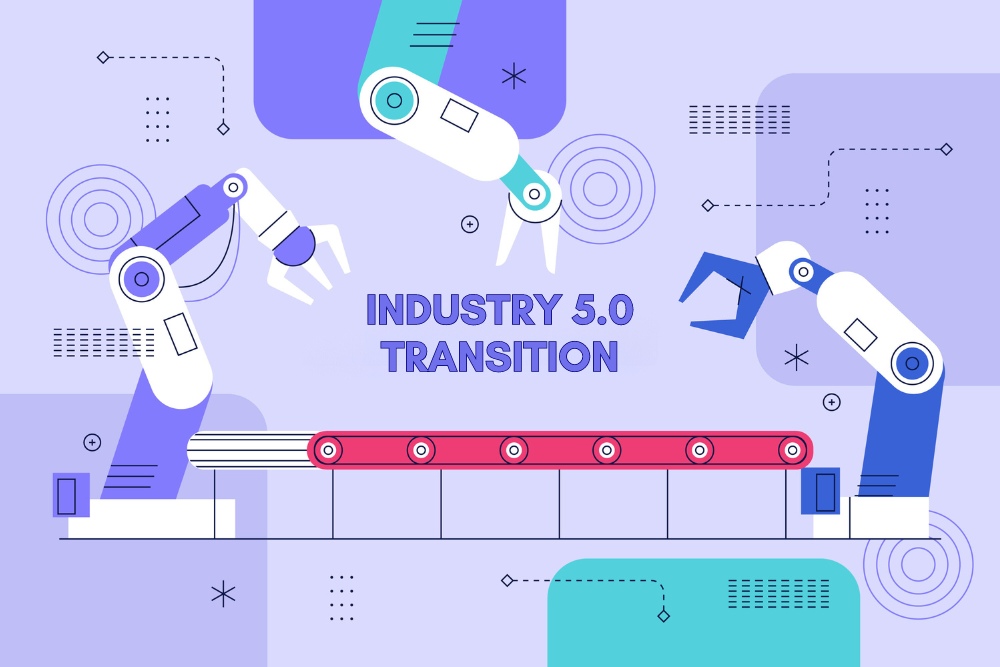It is important for all companies that wish to remain competitive, while reducing their environmental impact and improving the quality of their work at all levels, to know about some valuable facilitated finance opportunities, such as the 5.0 Transition Plan.
We asked Andrea Furini, Sales Consultant and ESG Advisor at Atlante Group Srl, to illustrate the latter to us briefly, with some examples referring to our machines.
To support companies in their digital and energy transition process, the Italian Council of Ministers has approved the 5.0 Transition Plan, dedicated to all enterprises making “new investments in production facilities situated within the country, as part of innovation projects that achieve a reduction in energy consumption”, without distinction on legal form, sector, size or tax regime.
Article 38 of Italian Decree Law 39 dated 2 March 2024 laying down “Further urgent provisions for the implementation of the National Recovery and Resilience Plan” (known as PNRR Decree), approved by the Government on 26 February and published in the Official Journalof the Italian Republic on 2 March 2024, consists of a good 21 paragraphs, demonstrating the complexity of the legislation.
The Decree Law has been converted into law, but on 4 April news was released that an amendment will be issuedcontaining some changes. Those changes willmerely be added to those already inserted in the text; therefore, the essential elementswill remain the same as those published in the Official Journal. In any case, we will keep you informed of any future developments of this valuable opportunity.
We asked Andrea Furini, ESG Advisor of Atlante Group, to provide us with some further details in this regard. Atlante Group is a business consulting company consisting of various professionals, including persons trained as EGE (Energy Management Experts), namely those who can certify energy efficiency values.
The 5.0 Transition Plan can be considered the cornerstone of our industrial policy. The aim is to enable our companies to innovate in order to overcome the challenge of the dual digital and green transition, in the crucial two-year period 2024/2025, duringwhich geoeconomic structures are set to be redesigned.
In addition to investments in capital goods, the measure is also aimed at training workers, with skills beingrecognised as the factor that makes the difference, particularly for our “Made in Italy” industry.

Characteristics of the 5.0 Transition Plan
The fundamental pillars on which the 5.0 Transition plan is based are: innovation, sustainability, impacts, and reduction of energy consumption of the processes covered by the investment.
The agreement signed with the EU last August[1] envisages, in addition to the line dedicated to capital goods, a line specifically aimed at energy self-production and self-consumption systems, along with a line for training.
In particular, Euro 6.3 billion is distributed as follows:
- Euro 3,780 million for capital goods;
- Euro 1,890 million for self-consumption and self-production;
- Euro 630 million for training.
What are the types of investment?

The investments mustall be made in new tangible and intangible assets, instrumental to the running of the business and interconnected to the company production management system or the supply network.
They also include:
- plant intelligence software, systems, platforms or applications that guarantee the continuous monitoring and display of energy consumption and of self-produced and self-consumed energy, or introduce energy efficiency mechanisms, through the collection and processing of data, even originating from IoT sensors;
- business management software, if purchased together with the software, systems or platforms identified in the previous point.
Costs connected to investments in new tangible assets instrumental to the running of the business and aimed at energy self-production from renewable sources intended for self-consumption are also eligible – with the exception of biomasses -including systems for storing the energy produced.
Finally, there will be staff training in order to acquire or consolidate skills in technologies relevant to the digital and energy transition of production processes, within the limit of 10%of the investments made (and in any case not exceeding Euro 300,000).
5.0 Transition Plan Rates
A matrix consisting of the investment amount and the efficiency level achieved will determine the rate to be applied.
This rate will apply to the three investment lines envisaged by the new plan:
- Line 1 –capital goods;
- Line 2 –energy self-consumption and self-production systems;
- Line 3– training.
The documentary obligations remain in place, particularly those established for interconnection and product compliance at Annexes A and B envisaged by the 4.0 Transition rules.
Rates calculated by size of investment and energy saving
The brackets relating to the (annual) thresholds of the investments are almost the same as the 4.0 Transition Plan:
- first bracket: investmentsup to Euro 2.5 million;
- second bracket: investments between Euro 2.5 and 10 million,
- third bracket: investments between Euro 10 and 50 million.
The facilitation is granted in the form of tax credit according to the following table:
| Investment Amount | Energy Consumption Reduction | ||
| not less than 3% of the production facility | not less than6% of the production facility | not less than10% of the production facility | |
| not less than 5% of the production process | not less than 10% of the production process | not less than 15% of the production process | |
| Up to Euro 2.5 million | 35% | 40% | 45% |
| Over Euro 2.5 million and up to 10 million | 15% | 20% | 25% |
| Over Euro 10 million and up to 50 million | 5% | 10% | 15% |
Below is an example considering a Saomad machining centre.
- The first step is to purchase the capital goods (let’s assume a machining centre costing Euro 500,000).
- A project must then be developed based upon this asset which leads to an energy efficiency improvement.
- Standard asset rate 20% (Industry 4.0) + Variable rate calculated based upon the energy efficiency level (5.0 Transition).
Energy level: 5% energy saving (Level 1); 10% energy saving (Level 2); 15% energy saving (Level 3). - If the asset rate reaches 45% (20% + 25%) this means that the tax credit will be Euro 225,000 – (Level 3) of maximum energy efficiency (sum of 4.0 + 5.0).
- If the asset rate reaches 40% (20% + 20%) this means that the tax credit will be Euro 200,000 – (Level 2) of average energy efficiency (sum of 4.0 + 5.0).
- If the asset rate reaches 35% (20% + 15%) this means that the tax credit will be Euro 175,000 – (Level 1) of minimum energy efficiency (sum of 4.0 + 5.0).
- Standard asset rate 20% (Industry 4.0) + Variable rate calculated based upon the energy efficiency level (5.0 Transition).

Process or production unit efficiency
The table shows that the energy saving classes take account of two possibilities: the first concerns the circumstance where the asset improves the energy efficiency of a specific industrial process; the second concerns, on the other hand, the circumstance where the asset generates the efficiencyof the entire production facility/unit.
The ”minimum” requirements of these two types of efficiency had already been put into black and white in the document agreed between Italy and the European Commission last August: to access the incentive, the investment must generate a savingat least equal to 3% of the consumption of the entire production unit or 5% of a specific industrial process (or target process).
The certification of the interconnection remains mandatory. A very welcome surprise came in the form of the possibility, but only for small and medium enterprises, to be able to add to the tax credit also the costs incurred for certification up to a maximum ofEuro 10,000 (in essence, this means that the consultancy of a specialist company is included in the facilitated costs).
Come si fruisce dell’incentivo?

The tax credit is applied in the usual ways, i.e. exclusively by way of offsetting via form F24 submitted on the online services channel offered by the Italian Revenue Agency. The tax credit “cannot be sold or transferred even within a tax consolidation regime”.
The start of the benefit, in any case, is valid for all orders made from 1 January 2024; it is therefore retroactive, and it may not in any case go beyond the date of 31 December 2025.
Summary Example
A window and door manufacturer purchases a new Saomad machining centre. Let’s take the cost as an amount that makes the sums easy to do in our heads: let’s say Euro 100,000.
Let’s also assume that this new machine makes the target process – for example, milling – more efficient. The ex ante certification of a specialist company, such as Atlante Group Srl, estimates that the target process will achieve a saving of 20% using this new generation machine.
As this is an investment of Euro 100,000, it falls within the bracket of investments up to 2.5 million. With a 20% improvement in efficiency of the target process, according to the table indicated above, we find ourselves in the situation of having the highest rate. More specifically, the window and door manufacturer is entitled to the 45% rate.
Let’s then suppose that the company carries out training activities on the new machinery or on the technologies introduced, for Euro 20,000.
In this case, the company will be entitled to a tax credit of Euro 49,500, equal to the sum betweenEuro 45,000 (45% of theEuro 100,000 asset value) and Euro 4,500, namely 45% of the training activities which, in this case, as they exceed the ceiling of 10% of the investment, are reduced from Euro 20,000 of costs actually incurred toEuro 10,000, the value to which the 45% is applied.
The amount of Euro 49,500 may be used in a lump sum, after having produced the ex post certification endorsing the achievement of the declared objectives.

